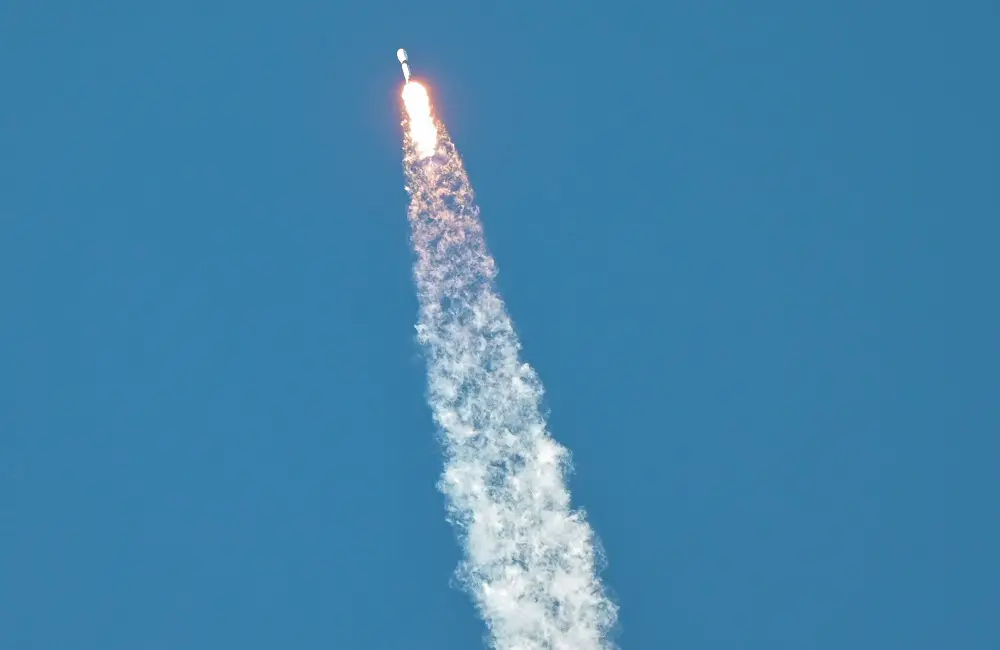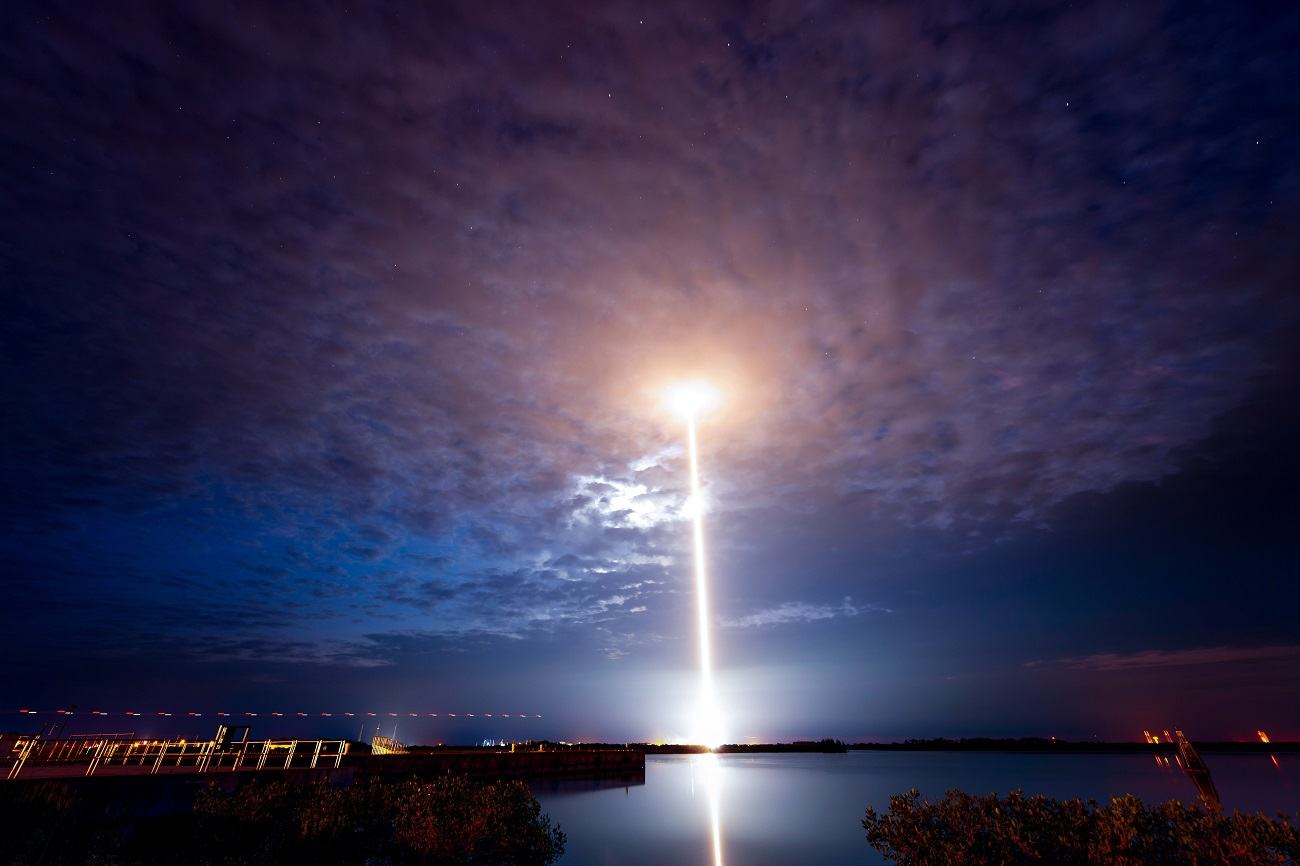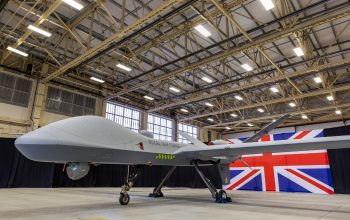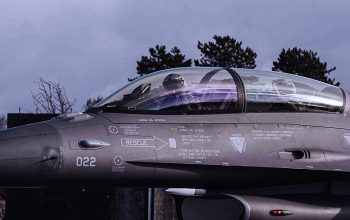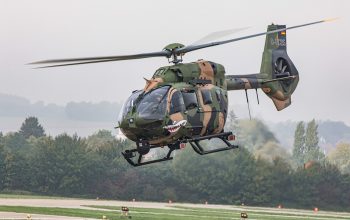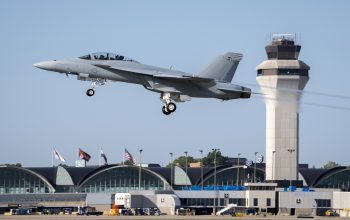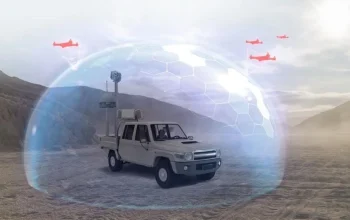The development goal of the Defense Department’s Joint All-Domain Command and Control, or JADC2, is to connect sensors to shooters to targets, as well as communications connecting Link 16 radios across the military services globally. For JADC2 to work, a system of satellites is needed. Derek M. Tournear, director of the Space Development Agency, or SDA, who is tasked in partnership with industry, with getting those satellites in orbit, spoke virtually today at a National Security Space Association event. SDA has two capabilities it promises to deliver to warfighters. The first is beyond line-of-sight targeting for moving targets. For example, if there’s a hostile ship or mobile missile launcher, it needs to be detected and tracked and a shooter needs to calculate a fire-control solution. It all needs to happen in near real time from space.
The second capability is very similar to that of the first capability, but the targets are different. Instead of mobile missile launchers or ships, an adversary’s hypersonic glide vehicle or advanced missile needs to be detected in flight and tracked, and a fire-control solution calculated and executed in near-real time. SDA is building these capabilities on two main pillars, Pillar one is proliferation. Pillar two is spiral development. To get those capabilities as quickly as possible, it’s not going to happen by waiting 15 years to reach full capability. Spiral development, he explained, is buying and fielding satellites about every year or two in tranches, planned from now to the end of this decade. Every year, there should be commercial, state-of-the-art technological advances, called spiral development, so that satellites in follow-on tranches will field even better capability.
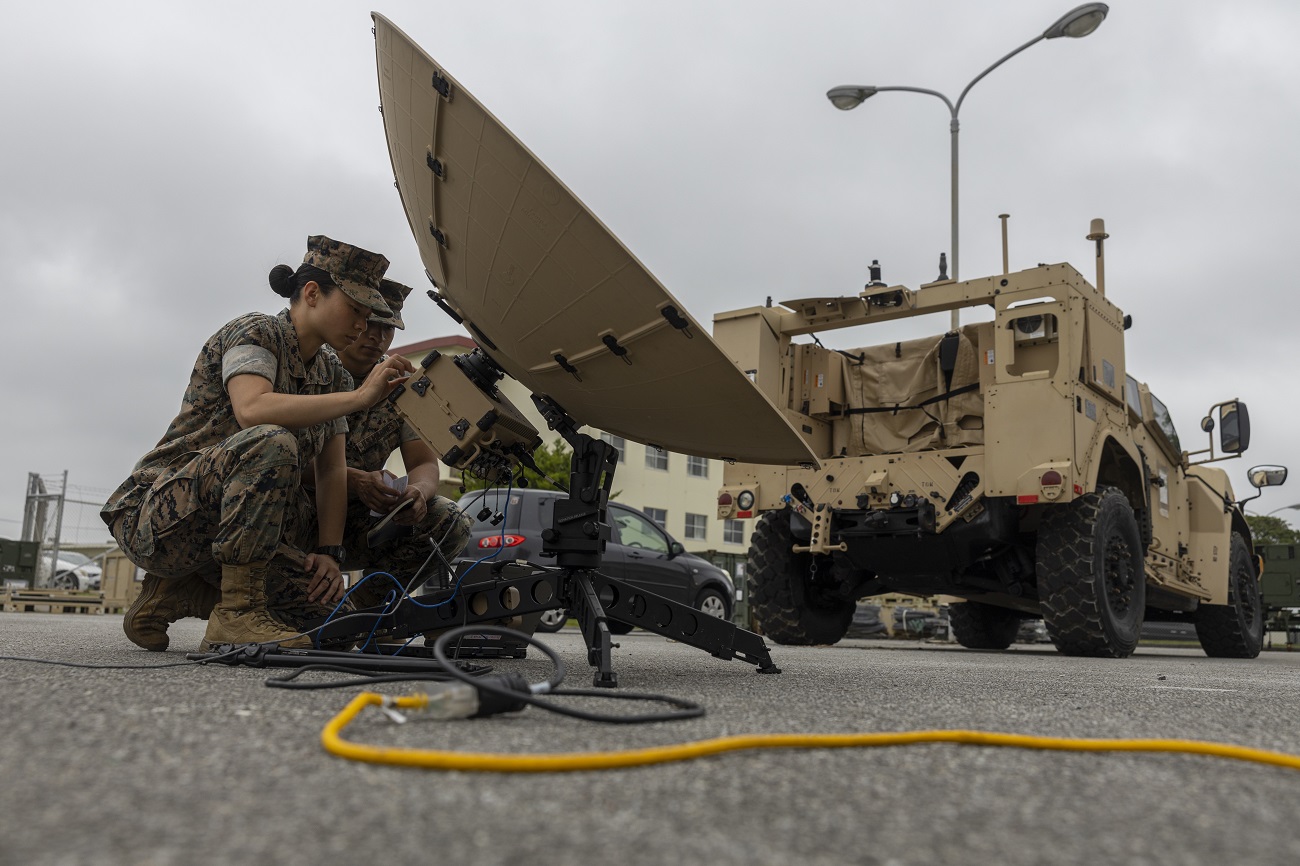
This year is the first tranche, called tranche 0. In April, SDA successfully put 10 satellites in orbit. In September, SDA delivered an additional 13 satellites, with more to follow soon. In November, SDA successfully completed the demonstration of the first-ever Link 16 network entry connection from low Earth orbit to ground, he said. Tranche 0 doesn’t have enough satellites yet to be used in a combat setting, but troops can use this limited capability in demonstrations, training and exercises. Tranche 1, slated for September 2024, will enable initial warfighting capability with up to 161 satellites operational. Tranche 2 launches will begin in 2026, and tranche 3 will launch in September 2028, and tranche 4 in 2030, with ever-increasing capability for warfighters such as sustained capability and eventual autonomous operations by tranche 4.
Joint All-Domain Command and Control or JADC2 is the concept that the Department of Defense has developed to connect sensors from all branches of the armed forces into a § unified network powered by artificial intelligence. These branches include the Air Force, Army, Marine Corps, and Navy, as well as Space Force. Each military branch has its initiative that contributes to JADC2; the Army has Project Convergence, the Navy has Project Overmatch, and the Air Force has the Advanced Battle Management System, also known as ABMS. The Space Force has the Space Development Agency’s National Defense Space Architecture (NDSA). One primary application of JADC2 is a request— a call for fire (CFF). By FY2023, other Electromagnetic Battle Management System (EBMS) services will be available in JADC2. Raytheon BBN demonstrated its Robust Information Provisioning Layer (RIPL) which connects legacy links to ABMS. A theater-level simulation tool will share data under a Cooperative Research and Development Agreement (CRADA), in order to visualize JADC2 scenarios.
